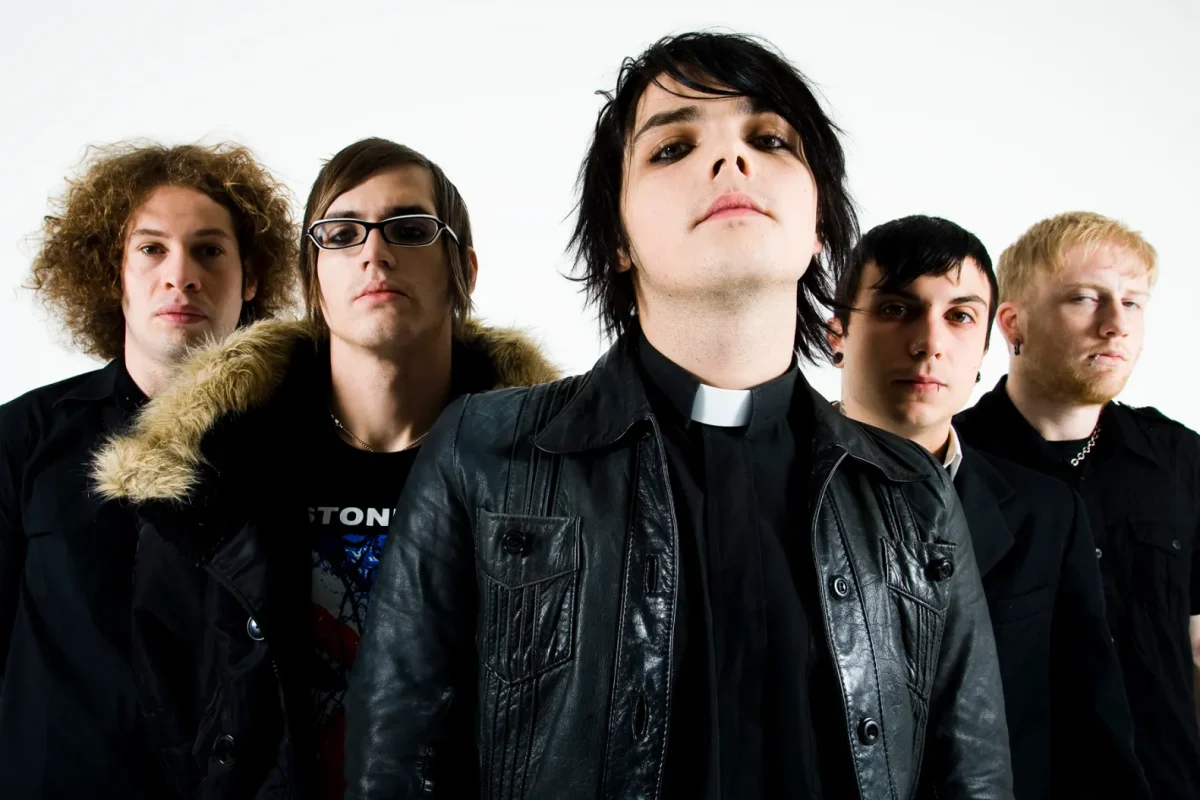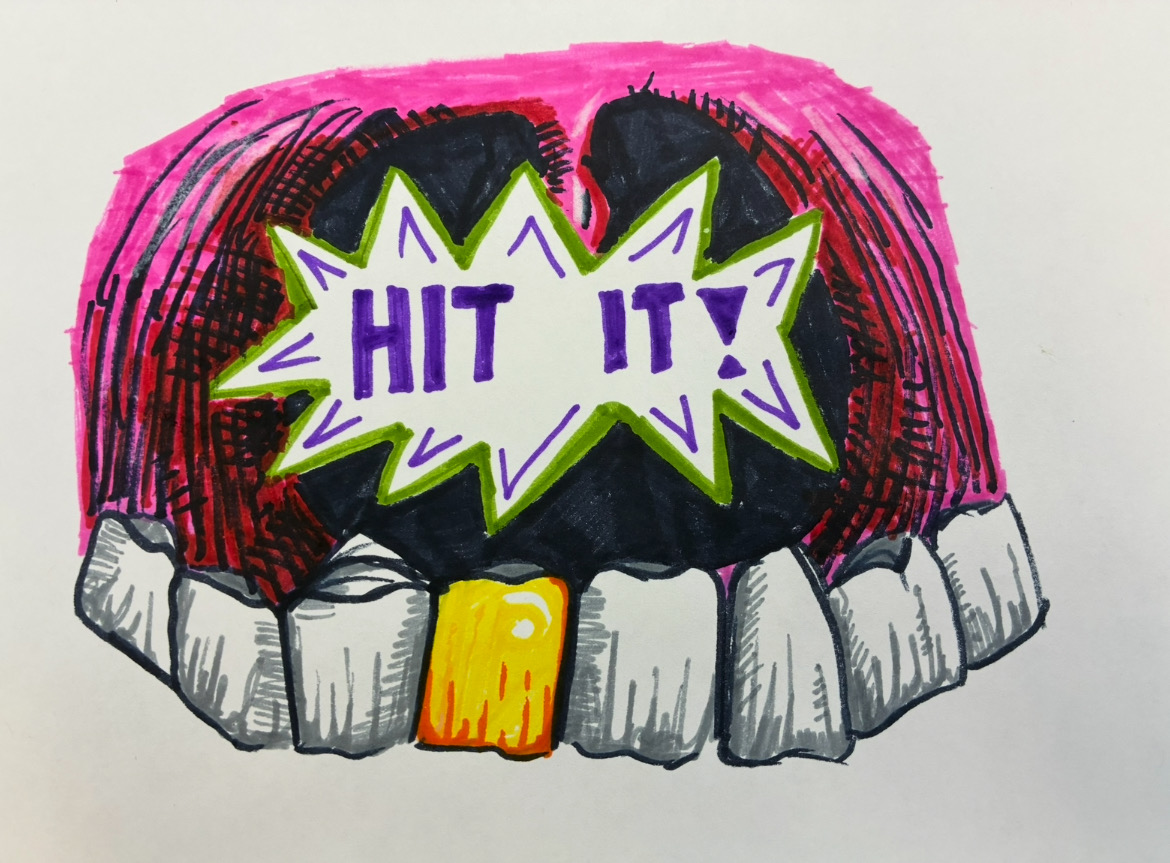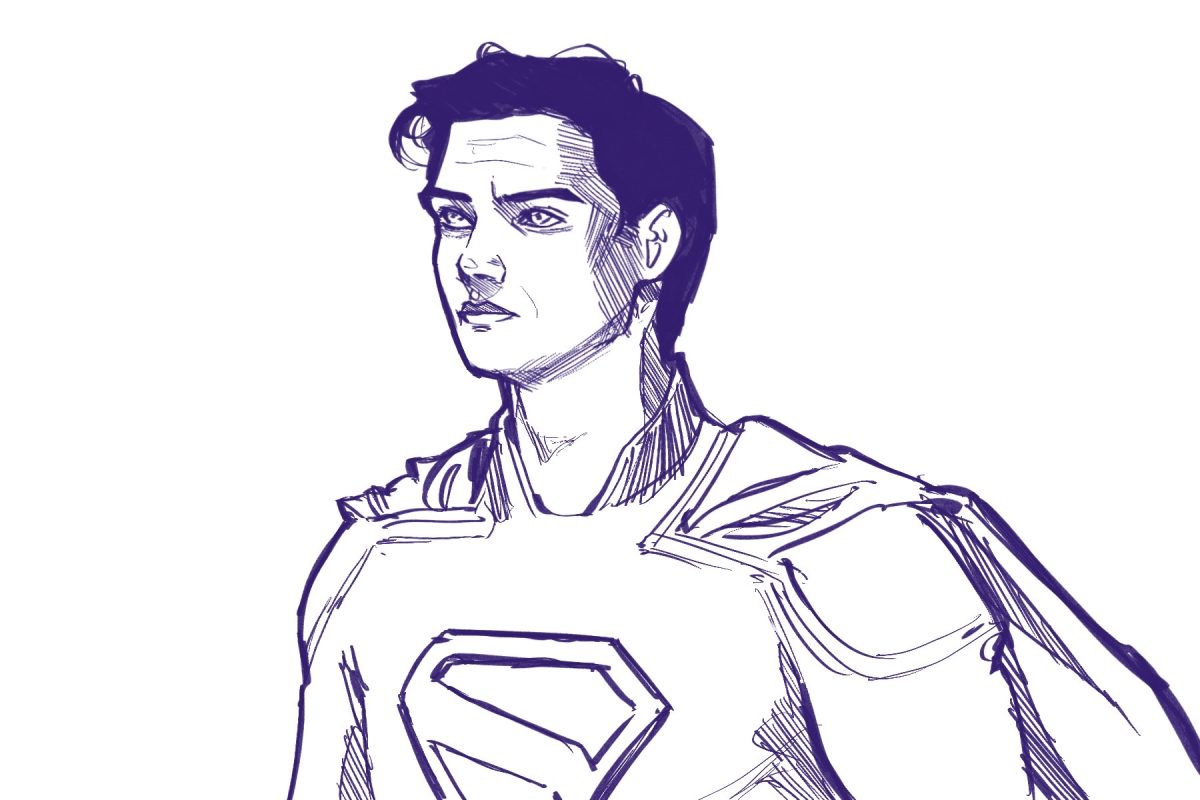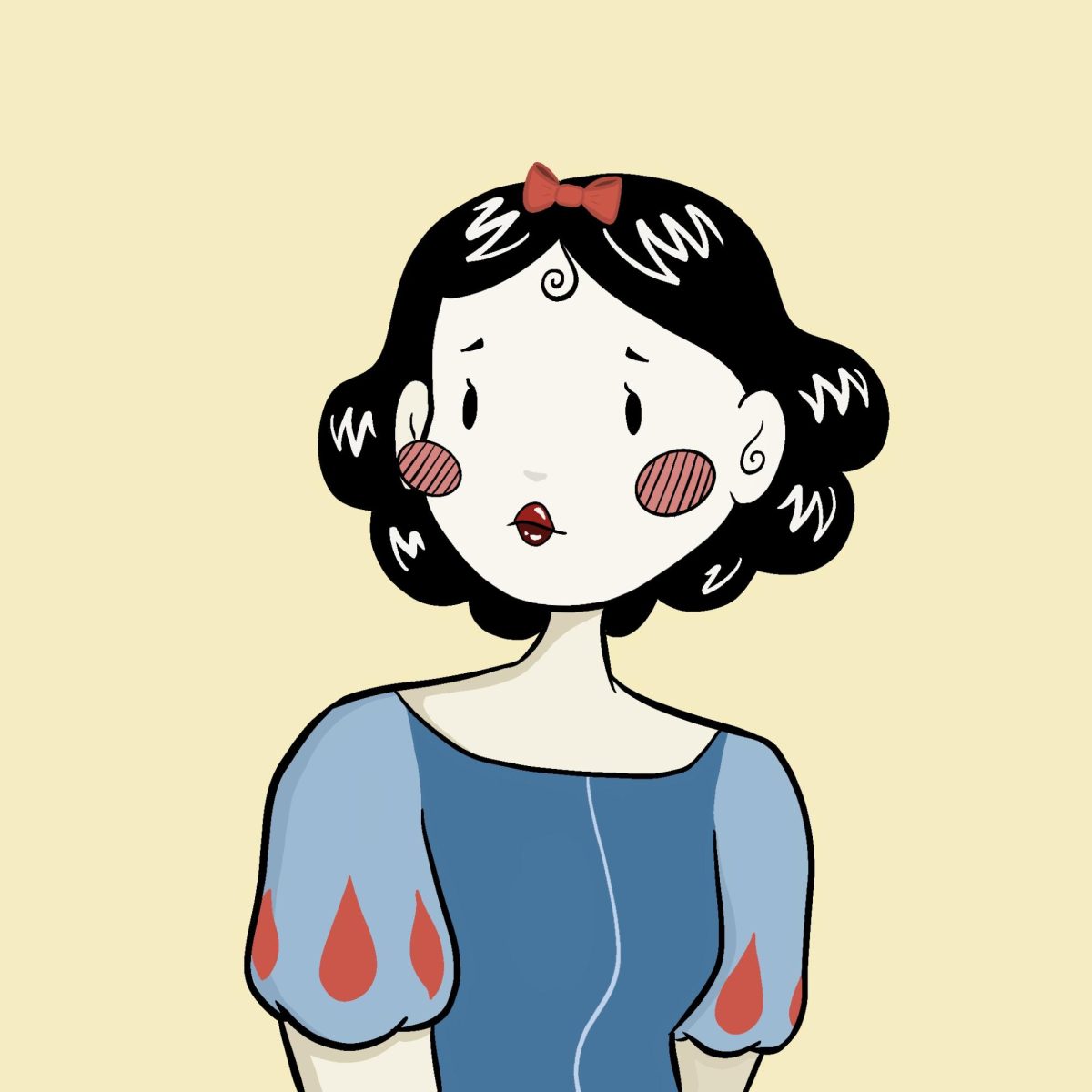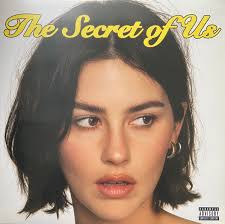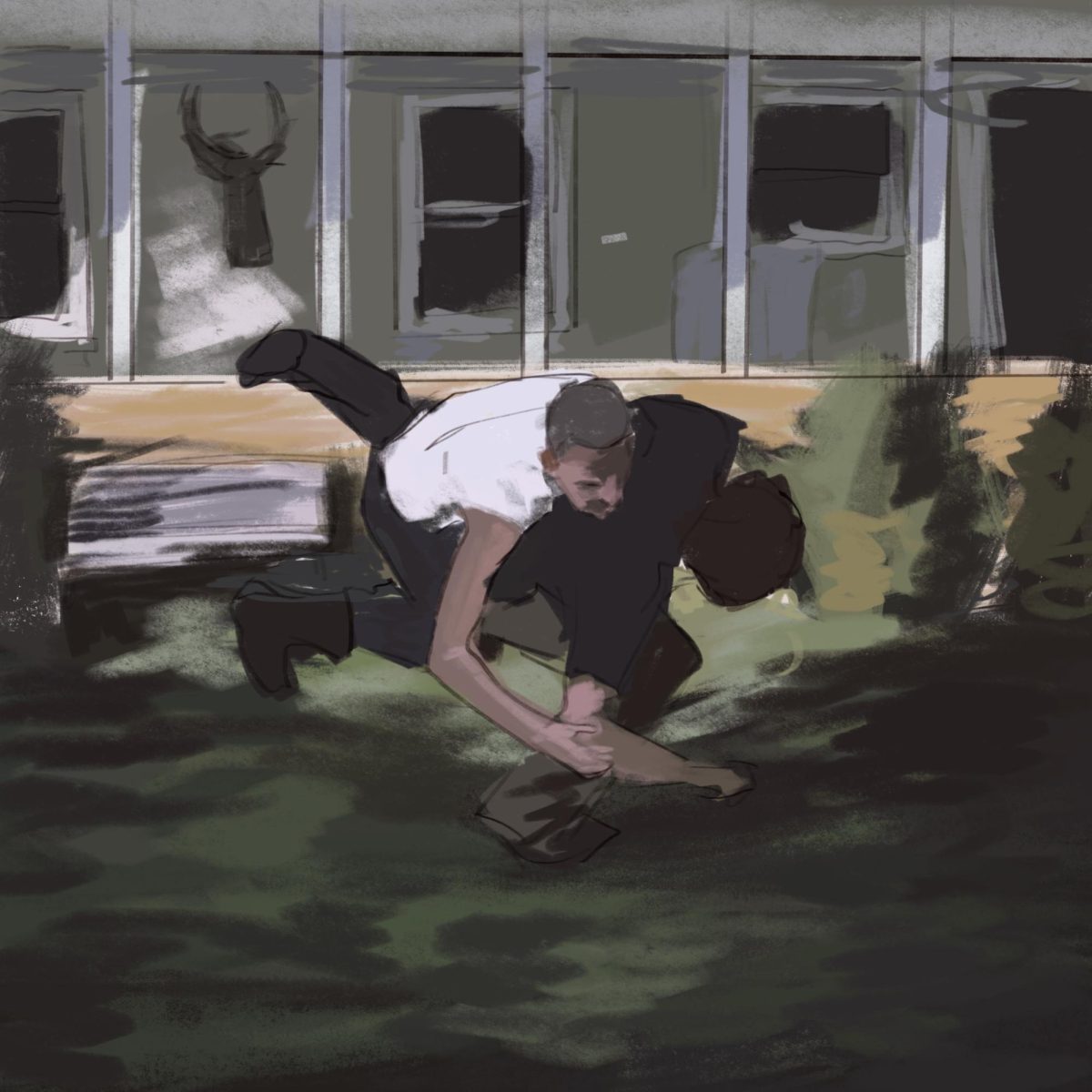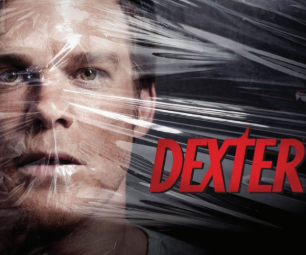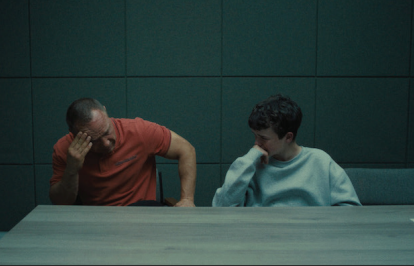On June 8th, 2004, My Chemical Romance (MCR) released their second studio album, Three Cheers for Sweet Revenge. Throughout the 2000s, they carried the emo scene on their shoulders with this album, and its successor, The Black Parade (2006). Three Cheers for Sweet Revenge is an iconic album because it perfectly defines emo rock.
Many people nowadays enjoy rock, which is the basic foundation of the album, just with an emo twist. There are specific aspects of emo rock that make it “emo.” For example, vocalists usually sing with exaggerated emotion, emphasize pronouncing their lyrics correctly, or sing higher-pitched. Gerard Way, the lead singer of My Chemical Romance, sings with a lot of emotion as if he’s experienced what he’s singing. Way also uses many vocal techniques to make his emotions loud and clear; he will scream to demonstrate agony; use powerful, shining vocals to express sadness or longing; and grit his teeth while singing to show frustration or grudge. These techniques, combined with the natural sound of his voice, make Way an easily recognizable singer.
However, some might say the only thing that differentiates each song from the other is either the vocals or the tempo. Focusing on instrumentation, the guitars are very powerful in the album, and several times, they fight against the vocals. The drums are also very strong, piercing through the melodic elements and setting a clear rhythm to the songs, making them immediately noticeable when the beat changes. This makes the album very consistent, and some might say repetitive. Going back to what makes emo rock “emo,” there are only so many instrumental components in emo rock until it starts sounding more like heavy rock, punk, or even pop.
Another component that holds up this album is its storytelling. Way has created a whole relationship through the lyrics in the album that was inspired by “Demolition Lovers,” a song off their debut album. The most iconic example of the story told in the album is “Helena”, which is their second most popular song on Spotify currently. Although it was said by Way that “Helena” was written in memory of his great-aunt, whose name was Elena, whom he called Helen, the story of “Helena” is told through the perspective of a man who loses his wife. The man takes his frustrations out on himself because of her death, which paves the way for twelve more songs that dive deeper into the story of the widower.
MCR has been a household name in the genre of emo rock for over two decades now, and it’s about time for their art to be celebrated again because the new generations haven’t even heard their name before. Even though MCR might not be for everyone, it’s definitely worth taking a listen to their 2004 masterpiece.

